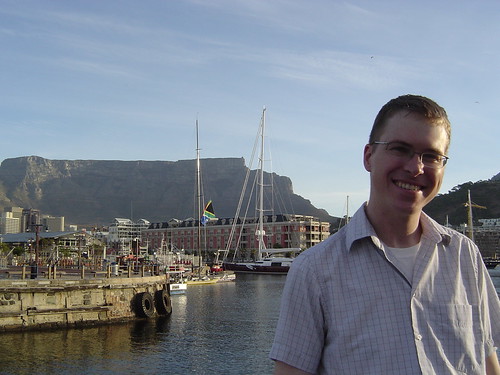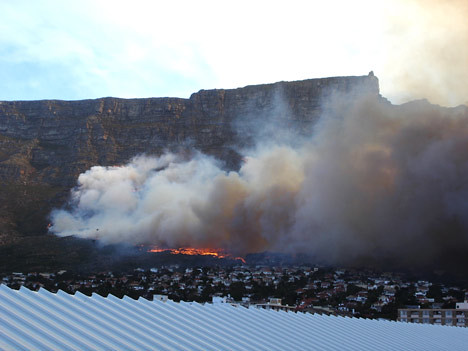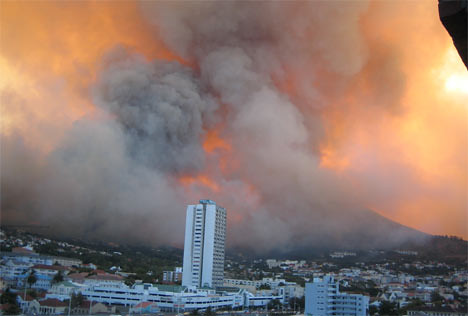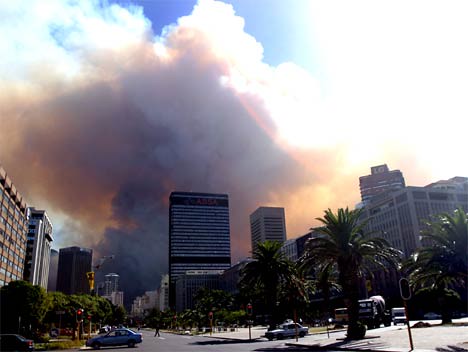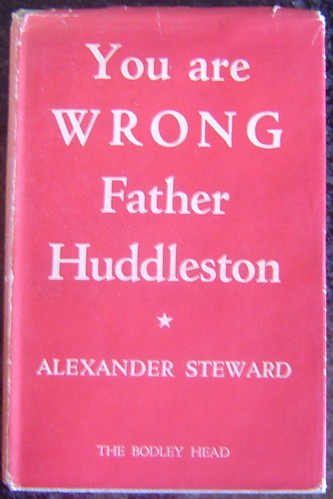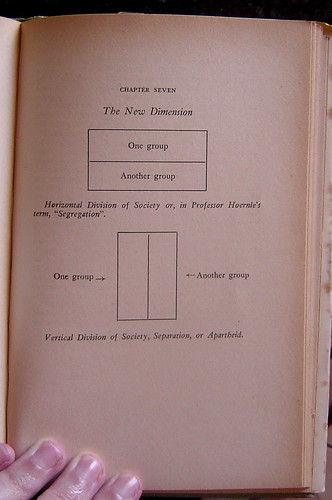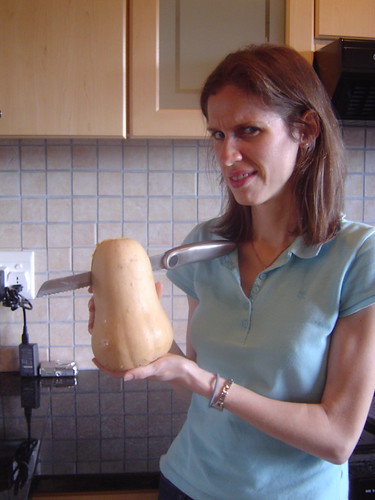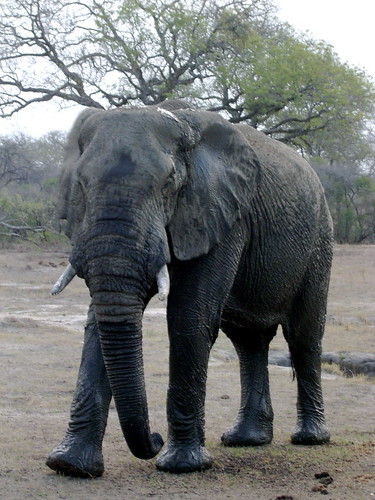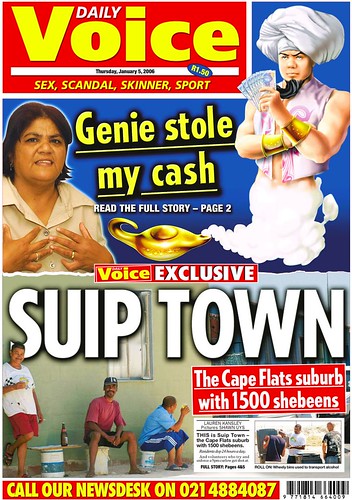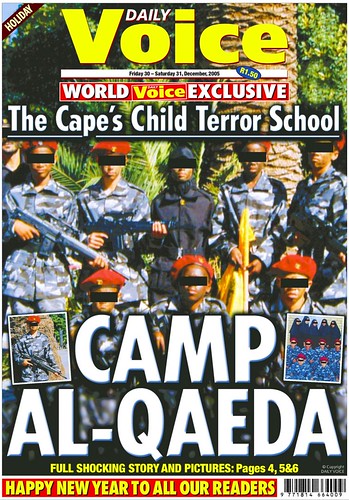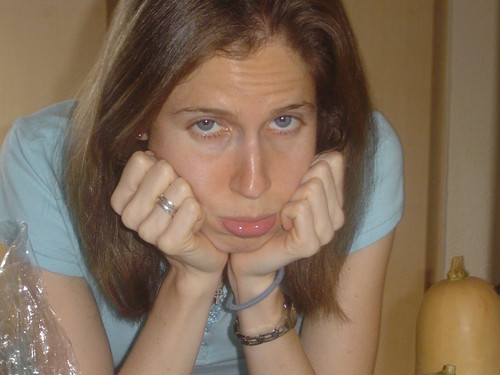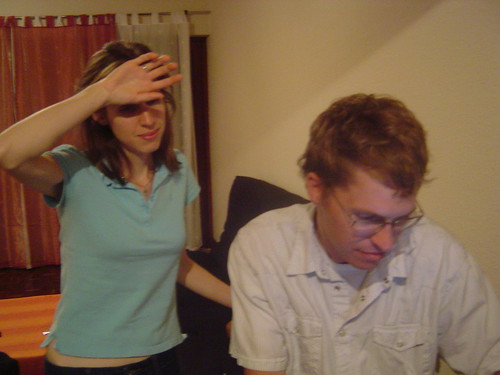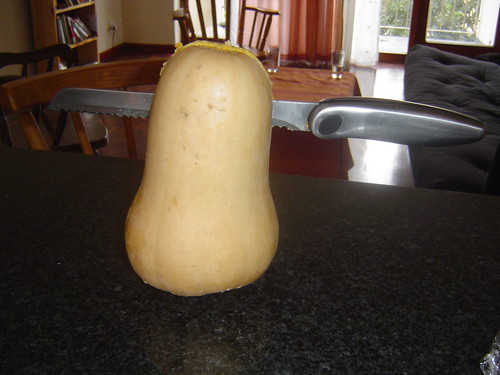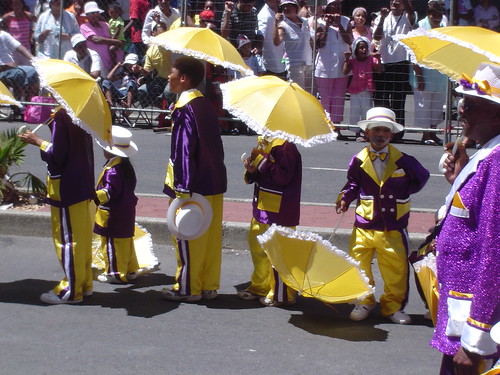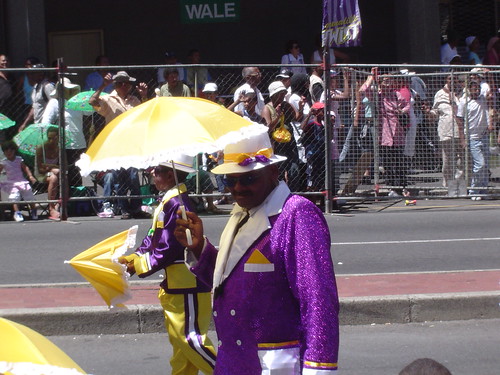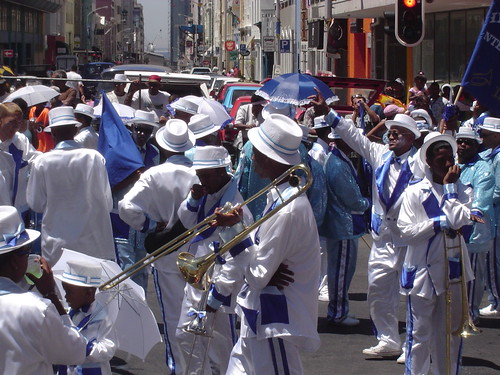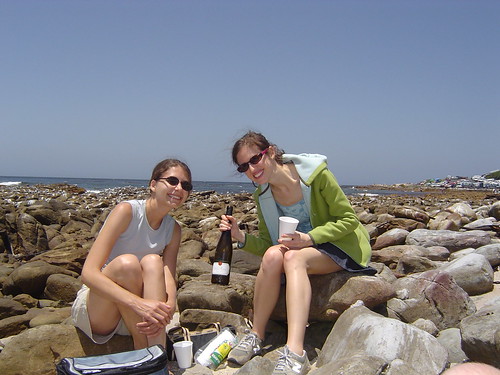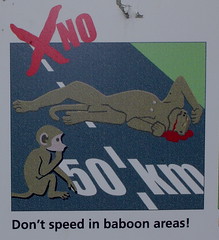You can blame me for the fact that, until yesterday, Katie and I had never been to an institution of South African family dining known as Spur. It is, in every way, just like any of the chain restaurants you would find at any mall in the U.S.: TGI Friday's, Sizzler, Ruby Tuesday's, and the like. Being a massive food snob, I was quite prepared to never, ever walk through the doors of their South African equivalent.

All I knew about this place was what I had seen in their advertisements. We don't have T.V., but the ads air with the previews at our local movie theater. And these ads had not led me to form a very good impression. Their restaurant, you see, has a sort of pseudo-American Indian theme. The ad shows kids in a summer camp environment, doing summer camp things like paddling on a river and running in the outdoors while a wildly cliched country music song plays in the background. Then, if I remember correctly, the music swells and the chorus of "Take Me There" hits just as the kids meet a big, smiling Indian chief, and they dance together around a campfire in a long scene that plays on all sorts of insulting stereotypes and exaggerations about the first inhabitants of my home country.
Then the ad cuts to a scene of a smiling multi-racial gathering of families around a table at Spur, being served by a smiling multi-racial staff. The Indian Chief has disappeared, back to wardrobe to rub off the face paint in disgust, I imagine.
If the ad aired in the U.S., and if this was an American chain, Spur would have protestors banging down the doors at every one of their restaurants in about 24 hours. And rightly so. But frankly, when I see it here, I can only laugh. In the name of coming up with a unique theme that the kids'll go for, they've stumbled over something that is so un-P.C. that it isn't even worth wincing at.

They know not what they do.
Nonetheless, I could tell from the ads that this is not my sort of dining experience, and that impression had more to do with the smiling families eating greasy food than the smiling Indian with greasy face paint.
I prefer, instead, to sip wine at such tasteful, understated places as
Constantia Uitsig, a fantastic winery about 15 minutes from our apartment. We returned there for the second time yesterday morning, while visiting several other wine farms in the neighborhood, so our visiting friend, Nicole, could buy a bottle of a white wine we had tasted earlier in the week.
And I prefer such places as
Greens, a swank place downtown where we dined on ravioli and an avocado and blue cheese pizza last night.
See what I mean? I AM a snob. And I have no children who would misbehave at wineries or swank restaurants. So between said wineries and said swank restaurant, yesterday had been a fantastic day on the culinary front. Then Nicole--a person with a thirst for unique food experiences that is as strong as mine, if with slightly more catholic tastes--suggested that we top the entire experience off with a stop at Spur for dessert.
I was a little skeptical. But it was around the corner from Greens, and she was our guest, and it was her last night in town. So we went.
It was wonderful.
I mean, it was really, REALLY bad, in every way. And that was wonderful.
The decor was as tacky as the advertisements would lead you to believe. The menu could have come from Chili's. And the placemats had a series of little fables about an American Indian chief who wanted to host a feast where everyone would be happy. I copied down the entire text of my favorite placemat. It said:
Feasting is Fun -- For Everyone
Children who accompanied their elders to the feast had nowhere to play while they waited for the older people to finish feasting.
The Chief made a better plan. When the children next came to the feast, an awesome playground awaited them, where they could explore, play and have fun while the mothers and fathers, aunties and uncles of the tribe talked and laughed into the night.
The playground could also be used as the gathering place for children's birthday celebrations.
 The Chief decided then that it would be fun for the children to belong to their very own Secret Tribe, which entitled members to super treats like prizes, gifts and their own website. And to top it all, each member would receive a free feast on his or her birthday.
The Chief decided then that it would be fun for the children to belong to their very own Secret Tribe, which entitled members to super treats like prizes, gifts and their own website. And to top it all, each member would receive a free feast on his or her birthday.
Soon there was a fun-filled playground at every feasting place, and the Secret Tribe grew and grew.
The people of the land were happy, which in turn made the Chief and his people happy and proud.I hope you caught the part about the birthday parties. I can imagine parents reading the story aloud to their squirming kids and stopping short three-quarters of the way through that sentence. The kids would say, "You mean I can have my BIRTHDAY here?" The parents would look at each other and quietly mutter: "Shit."
Anyway, just after we settled into our raised booth with faux-cowhide seats, it became clear that Spur had also mastered the most important element of an American family restaurant. The wait staff operated in a way that was so absolutely the opposite of everything Katie and I have experienced in the past nine months that I couldn't help getting a warm glow inside at the eerie familiarity of it.
To wit: Our waiter told us his name. He was wearing a name tag. He walked the floor quickly and brought us what we asked immediately. And he refused to stop smiling. His grin did not waver in the slightest when we ordered two desserts and three glasses of water between us.
The dinner offerings, which we studied but did not sample, looked as mundane as you would expect at any American chain restaurant, and the desserts were as sugary, as processed, as standardized and as indulgent as you could ever hope for. It was incredibly comfortable comfort food, even for this New York food snob. I have been a looooong way from the nearest Cheesecake Factory for quite a while.
Your self-confessed snob-of-a-correspondent got another comeuppance when we ran in to the incredibly knowledgeable and helpful young woman who guided us through our wine tastings at Constantia Uitsig. She was working at her second job... as the hostess at Spur.
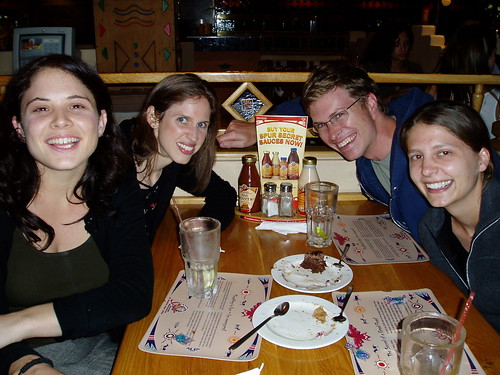
Her name was Kate. She's on the left. Please also note the sweat-lodge decorations and the faux-leather placemats.
Witness how un-P.C. Spur can be
here. Join the Secret Tribe
here. And see a selection of Nicole's pictures from the rest of her Cape Town trip
here.
